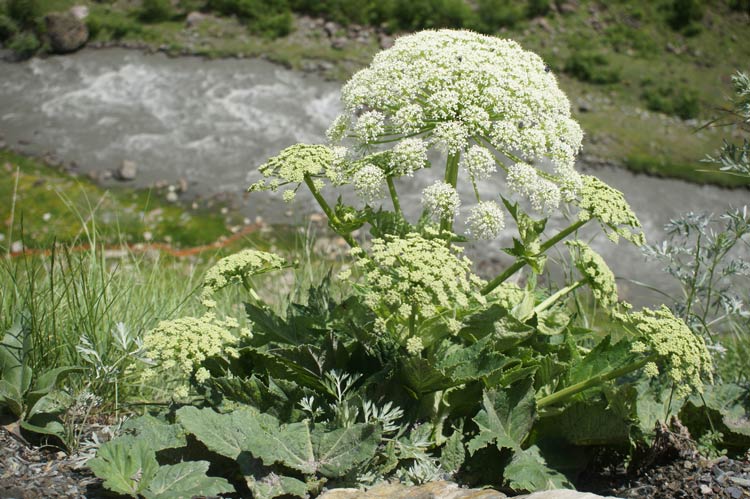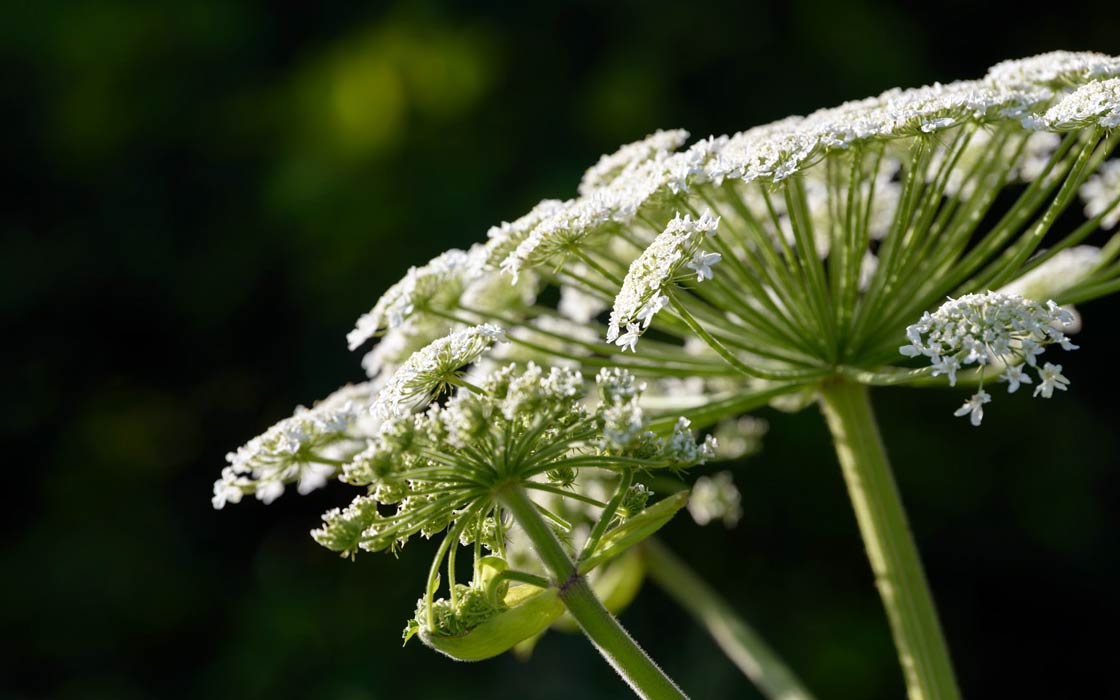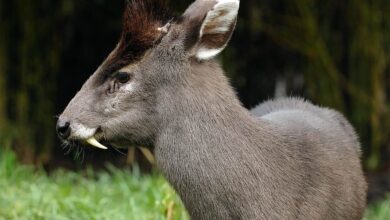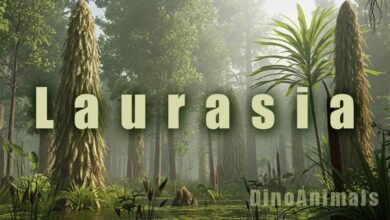Sosnowsky’s Hogweed, or “Stalin’s revenge”
Sosnowsky’s Hogweed (Heracleum sosnowskyi) – “Stalin’s revenge”
Since the 1990s, Sosnowsky’s Hogweed has sometimes been called “Stalin’s revenge” (Russian: месть Сталина). The reason for the emergence of this specific term is quite prosaic – the plant was brought to the Soviet Union shortly before the dictator’s death. However, it seems that the invasive nature of Sosnowsky’s Hogweed well suits the unlimited power that Stalin possessed. We therefore have before us a dictator among plants – a Caucasian hogweed from the… Apiaceae family.
Classification
- Kingdom: Plantae
- Clade: Tracheophytes
- Clade: Angiosperms
- Clade: Eudicots
- Clade: Asterids
- Order: Apiales
- Family: Apiaceae
- Genus: Heracleum
- Species: Heracleum sosnowskyi

Origin
Sosnowsky’s Hogweed originally grows in the central and eastern part of the Caucasus. It also occurs in the Transcaucasia and in northeastern Turkey.
Current range
It is not fully known in what exact area Sosnowsky’s Hogweed grows. One of the reasons for this state of affairs is the fact that it is often confused with Mantegazzi’s Hogweed (Heracleum mantegazzianum). Furthermore, the names of these two plants were considered synonyms in the past. However, it has been observed that Sosnowsky’s Hogweed occurs mainly in Eastern Europe as far west as Denmark and Germany. However, it is not found in Scandinavia.
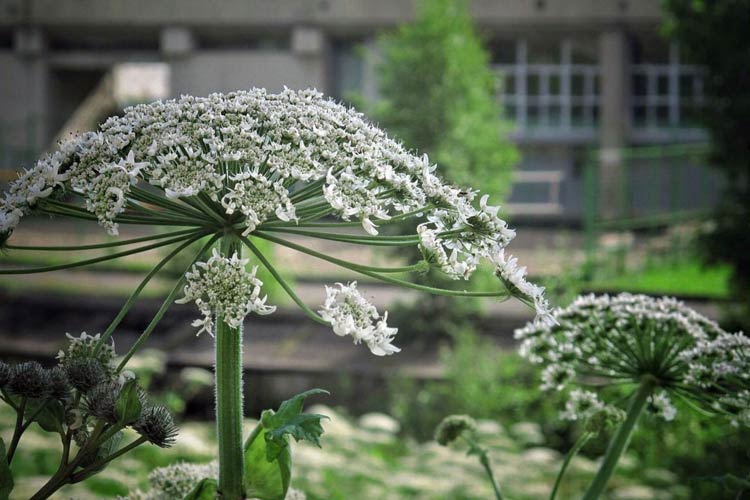
Habitats
In its original areas of occurrence, it grows among scrubland, near mountain streams. Outside of this area, i.e., in places other than the Caucasus, it spreads in plant formations, especially those created by humans. We therefore encounter it mainly along roads, on balks (field boundaries), cultivated fields, meadows, in gardens, and parks. It can also occur in floodplain forests and alder forests. However, it predominantly prefers areas abandoned by people and river valleys.
In Poland, Sosnowsky’s Hogweed is considered an invasive species and harmful to native plants. The largest specimens can intercept up to 80% of light, which leads to the disappearance of species that need sunlight. They are also responsible for soil erosion along river banks, as they displace rhizomatous plants from there, which reinforce the banks.
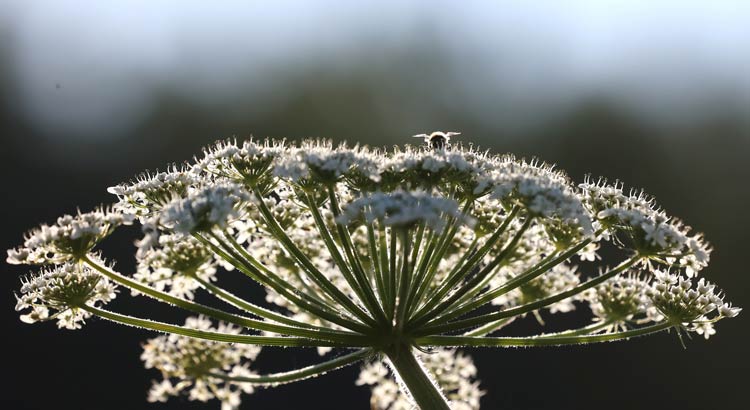
Structure / Morphology
Roots can be very long – they can reach up to 2 m (approx. 6 ft 7 in), but the most numerous branches are located at a depth of approx. 30 cm (approx. 1 ft).
The stem can measure 1-4 m (approx. 3 ft 3 in – 13 ft 1 in) in height, and its diameter reaches up to 10 cm (approx. 3.9 in). There are grooves on its surface, but it is hollow inside. In the highest parts, it is green; the closer to the bottom, the more dark red spots it has.
The leaves are arranged alternately and can have a diameter of 150 cm (approx. 4 ft 11 in). The shape of the leaves varies within the species, but there are always short teeth along the edges of the leaf blade.
The inflorescence forms a characteristic umbel, and its size can be impressive (diameter reaches up to 50 cm (approx. 1 ft 8 in)). The inflorescence consists of smaller umbellets, numbering between 30 and 75. On one hogweed plant, there grow 1 to 20 thousand small, white, sometimes pinkish flowers reaching 10 mm (approx. 0.4 in) in length.
The olive-green fruits, on the other hand, are ovate or oval in shape.
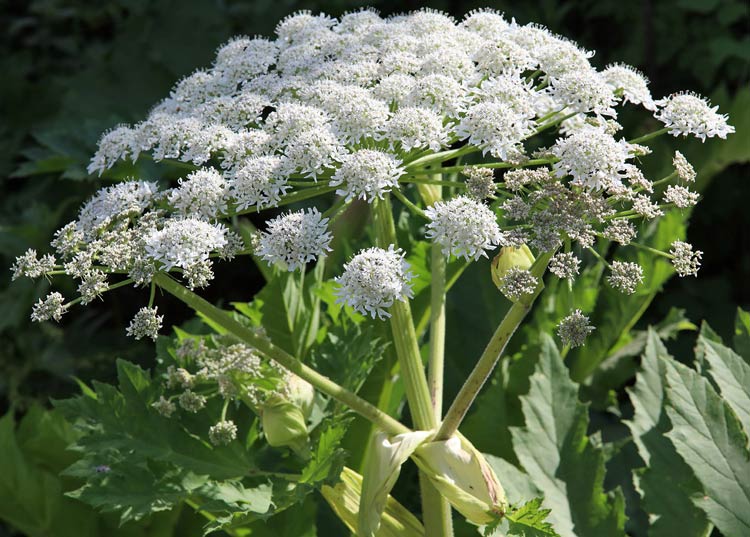
Application / Uses
In the 19th and early 20th centuries, Sosnowsky’s Hogweed was considered an extraordinary plant. However, when it turned out that it was a threat to other plants and people, its popularity and admiration for it significantly decreased.
In the 1940s, Soviet scientists studied Sosnowsky’s Hogweed for its use as a fodder plant, i.e., suitable as food for farm animals. It turned out that this plant is very nutritious, as it contains large amounts of protein and carbohydrates. However, over time, Sosnowsky’s Hogweed began to be withdrawn as a fodder plant because its toxicity worried people. Animals consuming Sosnowsky’s Hogweed also did not react to it entirely positively – cows eating it gave milk with an aniseed flavour. The same applied to meat. Despite this, Sosnowsky’s Hogweed was cultivated in Poland as a fodder plant until the 1980s.
Sosnowsky’s Hogweed is also used as a honey plant. The spread of this species is impressive in Central Europe also because it is sown by beekeepers.
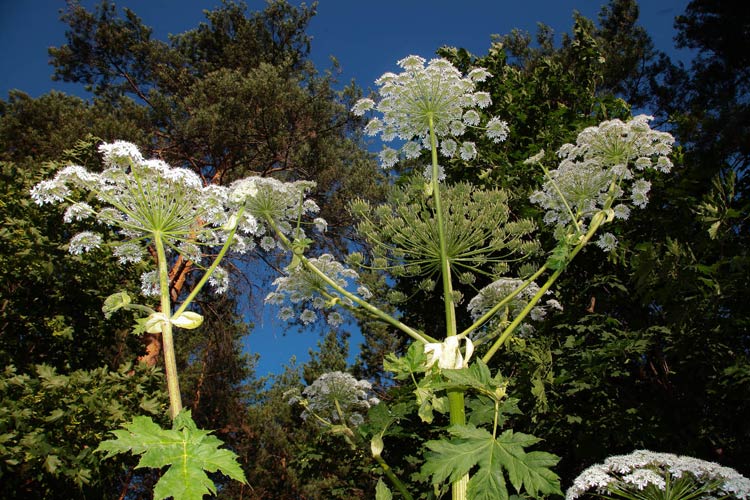
Toxicity
Sosnowsky’s Hogweed contains an essential oil composed, among other things, of furanocoumarins. This substance is present in all parts of the plant, even in the glandular hairs. The function of this substance is defense against insects and pathogenic microorganisms. Its role is therefore very important, but the effect of furanocoumarins on the human body is very dangerous. When this essential oil gets on the skin and is exposed to sunlight, second and third-degree burns occur.
The first symptoms appear after several minutes of sun exposure, but the highest sensitivity to light occurs 0.5-2 hours after contact with the plant and sun rays. In high temperatures and high air humidity, sensitivity to burns is greater.
Within a day of contact with the hogweed and sun, skin redness and blisters filled with serum appear. Such inflammation can last about 3 days, and after about 7 days, the irritated skin darkens. This appearance persists for several months, but the sensitivity to sunlight of the irritated areas can persist for years. It is also worth remembering that some furanocoumarins produced by Sosnowsky’s Hogweed have a carcinogenic effect. They can also affect the fetus in the mother’s body.
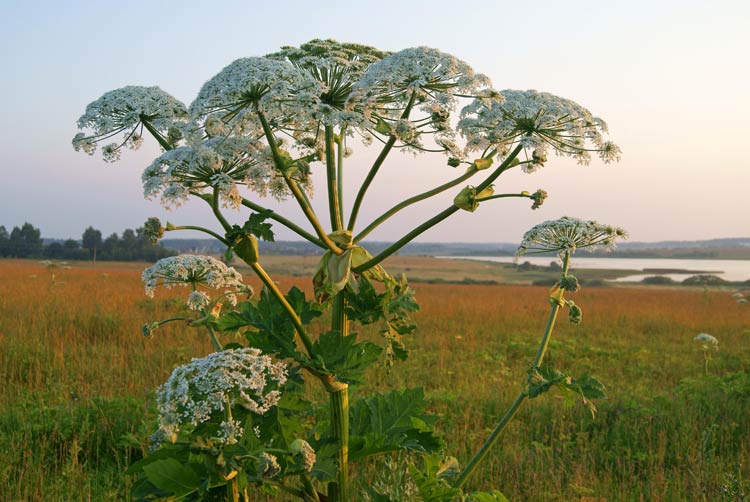
Do not touch
If you encounter Sosnowsky’s Hogweed on your way, do not touch this plant and do not stand close to it – substances harmful to the skin can indeed travel with the wind. However, if you must come into contact with it, cover yourself from head to toe, preferably in an impermeable, waterproof outfit. Also, do not forget protective gloves. Cotton and natural fabrics absorb the plant’s sap, so airy, cotton, or linen shirts or trousers will not provide safety. You should also be careful about your eyes, so it is better to protect them with glasses or goggles.
Not only people are exposed to burns caused by this plant. Farm animals also fall victim to it. Cows are often affected by burns – they can have burned udders and even the digestive system as a result of consuming the hogweed. For this reason, they experience internal bleeding, diarrhea, and inflammation of the digestive tract. However, based on research, it has been proven that consuming Sosnowsky’s Hogweed is less dangerous than skin irritations exposed to sunlight.
First aid
If you were unable to avoid contact with the plant, you should quickly wash the irritated area with soap and water. Exposed skin should be protected from sunlight for at least 48 hours. If the eyes have been irritated, they should be rinsed with clean water and sunglasses with a UV filter should be used. Skin inflammations are soothed with ointments containing corticosteroids.
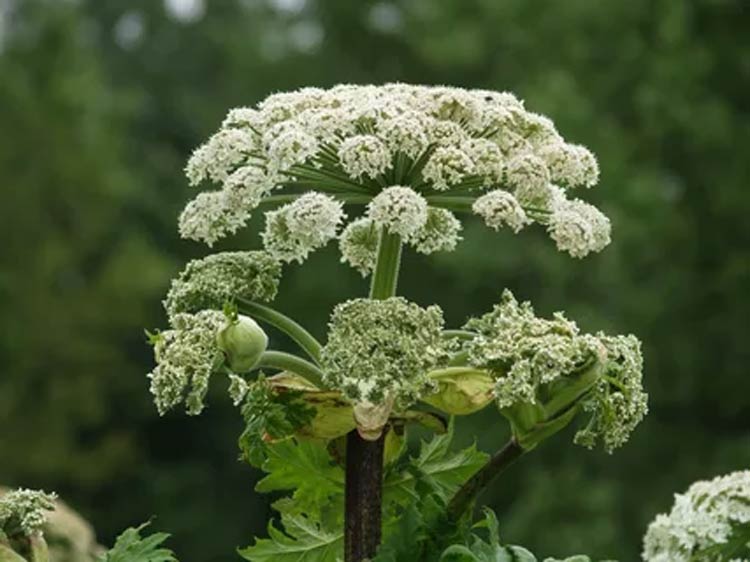
Detailed data
Sosnowsky’s Hogweed (Heracleum sosnowskyi)
- Stem height: 1-4 m (approx. 3 ft 3 in – 13 ft 1 in), sometimes more
- Stem diameter: 10 cm (approx. 3.9 in)
- Root depth: up to 2 m (approx. 6 ft 7 in)
- Leaf diameter: up to 150 cm (approx. 4 ft 11 in)
- Inflorescence diameter: up to 50 cm (approx. 1 ft 8 in)

Sosnowsky’s Hogweed – interesting facts
- Sosnowsky’s Hogweed and Mantegazzi’s Hogweed are among the largest herbaceous plants. Larger than them are banana plants (the largest herbaceous plants in the world), and in Poland, common reed (Phragmites australis) reaches similar dimensions to Sosnowsky’s Hogweed (up to 4 meters (approx. 13 ft 1 in) in height).
- The hogweed owes its name to the Russian botanist studying the flora of the Caucasus, Dmitry Ivanovich Sosnowsky. However, this plant was described by the Soviet botanist Ida Panovna Mandenova.
- Sosnowsky’s Hogweed is a frost-resistant plant. Young specimens can survive temperatures of about -7°C (approx. 19.4°F). Older plants can survive frosts reaching -25°C (approx. -13°F), and if covered with snow, they can survive even in -45°C (approx. -49°F).
- The amount of seeds obtained from 1 ha (approx. 2.47 acres) allows for sowing an area of 100-200 ha (approx. 247-494 acres).
